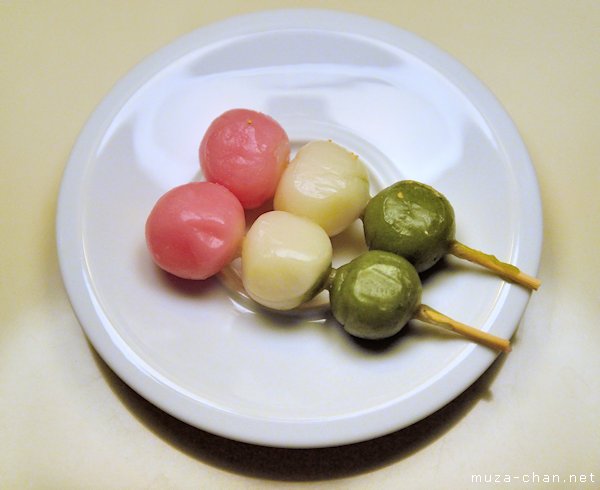Hanami Dango History
Courtesy of neighbouring Chinas cultural influence Japans social elite instead favoured the beautiful ume plum. Hanami dango is a traditional Japanese dessert aka.
It is said that the first dango were originally made at a tea house in Kyoto called Kamo Mitarashi located near the Shimogamo Shrine.
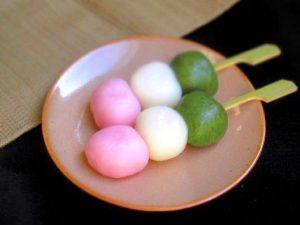
Hanami dango history. Dango is usually finished round shaped three to five dango are often served on a skewer skewered dango pieces called kushi-dango 串団子Generally Dango comes under the category of Wagashi. Unlike their current widely accessible state however hanami dangos origins stem from within the noble elite. You can see them having parties during the day and the evening as well.
Instead they are placed in a small box and covered with red bean paste. Hanami Dango is a Japanese sweet Mochi dessert where 3 different Dango balls pink white and green are skewered on a stick. It is believed that the practice dates back to the Nara Period 710-794 or Heian Period 794-1185 and nowadays it typically takes place in late March in Kyushu or mid-May in Hokkaido.
The custom is said to have started during the Nara period 710794 when it was ume blossoms that people admired in the beginning. The dessert is named after a popular Japanese tradition of hanami meaning flower viewing. The practice of hanami is many centuries old.
But by the Heian period 7941185 sakura came to attract more attention and hanami was synonymous with sakura. Hana meaning flower and mi meaning to see. Dango is a Japanese dumpling made from rice flour mixed with uruchi rice flour and glutinous rice flour.
Popular dango include Mitarashi Dango with thick sweet soy sauce and lovely Hanami Dango with green white and pink dango skewered together on a stick. But the shōgunate took things a step further by planting cherry blossoms in public spaces. It is different from the method of making mochi which made after steaming glutinous rice.
A tradition dated back as early as the 8th century. In those early days though Japans most admired flower wasnt the cherry blossom. But the Tokugawa Shōgunate took things a step further.
Revelers would enjoy imperial court music called gagaku and poetry. During the cherry blossom viewing the Japanese also enjoy different types of wagashi traditional confectionery including Hanami Dango 花見団子. Dango has a long historyrecords of dango date back to the Heian period 794-1185 CE in fact.
They were first introduced in 1598 at a grand banquet known as the Daigo no Hanami held by the notorious warlord Toyotomi Hideyoshi. Thus the tradition of hanami 花見 flower-viewing was born. In Japan the end of March to April is the time of viewing and appreciating cherry blossoms hanami.
It is a time of renewal of life and beauty and we celebrate this turn of the season with cherry blossom viewing or Hanami in Japanese. It is the iconic pink white and green dango on a stick there is even an emoji for it on iPhones. Wagashi that is eaten during cherry blossom viewing.
While the sanshoku style of dango is common during hanami in Koriyama City of Fukushima Prefecture the dango doesnt come skewered. This special tri-coloured dango is sold year around but is especially popular during the spring during the cherry blossom viewing. It is shockingly easy requiring only four basic ingredients.
Also has three colors Hanami dango is traditionally made during Sakura-viewing season. Emperor Saga of the Heian Period popularized the custom of celebrating sakura by holding flower-viewing parties with sake and food underneath the blossoming branches in the Imperial Court in Kyoto. Hanami dango is dango eaten during the cherry blossom viewing season.
The name of these sweets is thought to have been inspired by the resemblance of the dumplings with the bubbles made by the purifying water the Mitarashi River which flows at the shrines entrance. Hanami Dango rice-dumplings bloglivedoorjp With the most relaxed and cheerful mood people enjoy viewing Sakura with family friends and co-workers. Hence the name Hanami Hanami means flower viewing.
When Japans most stable warrior government was formally established in Edo in 1603 by 徳川家康 Tokugawa Ieyasu hanami was an inherent aspect of the elite culture in peace time. Known as hanami this tradition has existed in some form since at least the eighth century. Dango is a type of sweet that is essentially like balls of rice on a skewer very similar to mochi.
It is recommended to serve hanami dango with green tea on the side. Hanami Dango also called Sanshoku Dango 3 coloured dango is another variant of the dango family. Hanami dango is also gluten free and vegan.
Hanami in the premodern era When the Tokugawa Shōgunate was established in Edo modern day Tōkyō in the 1600s hanami had already become an inherent aspect of the warrior culture.
 Hanami Dango 1 Hanami Wagashi Food
Hanami Dango 1 Hanami Wagashi Food
 Dango Simple English Wikipedia The Free Encyclopedia
Dango Simple English Wikipedia The Free Encyclopedia
 Let S Make Dango Japanese Dessert Dango Recipe Japanese Sweets
Let S Make Dango Japanese Dessert Dango Recipe Japanese Sweets
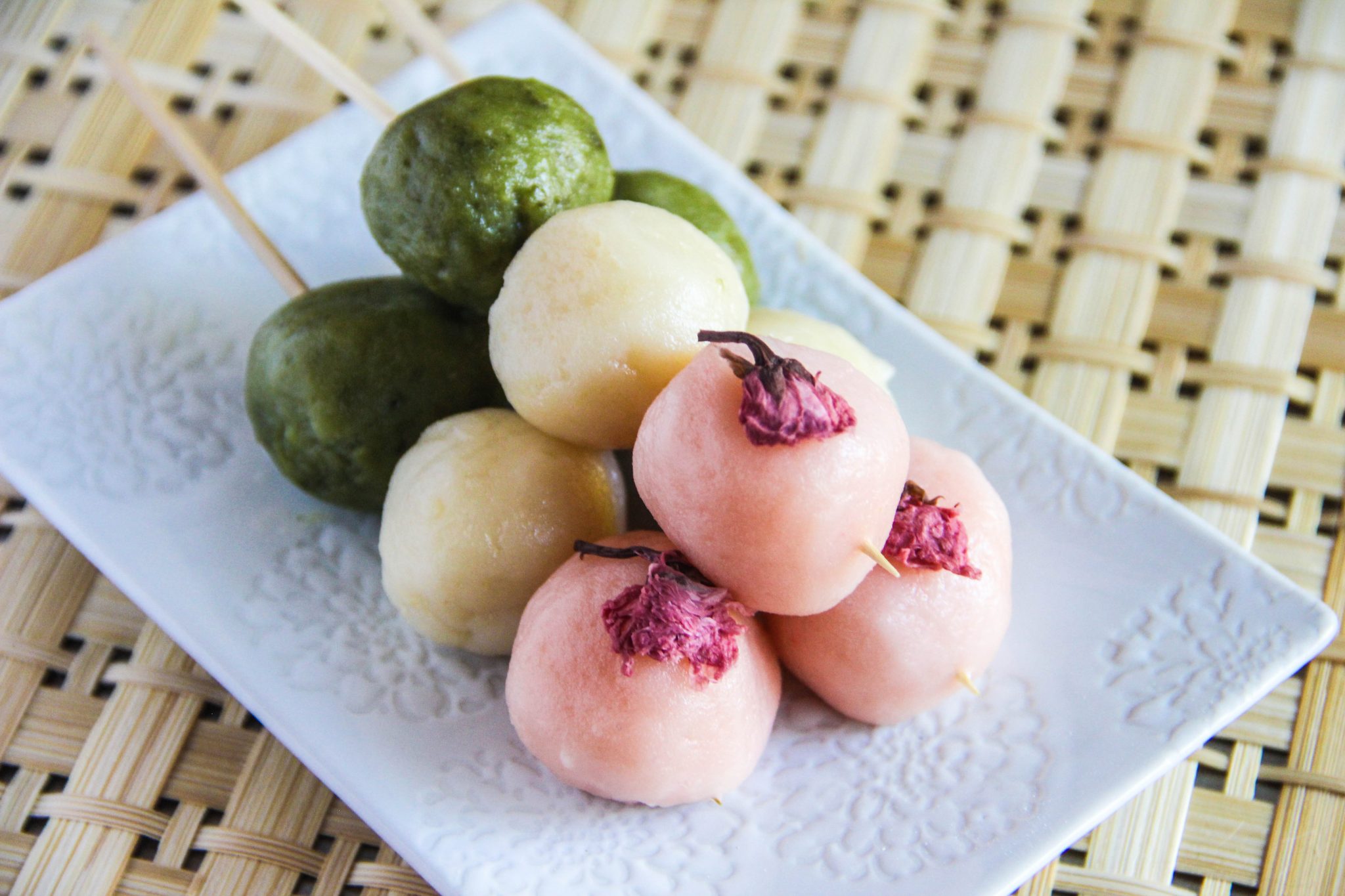 Hanami A Foodie S Guide To Cherry Blossom Viewing Cookly Magazine
Hanami A Foodie S Guide To Cherry Blossom Viewing Cookly Magazine
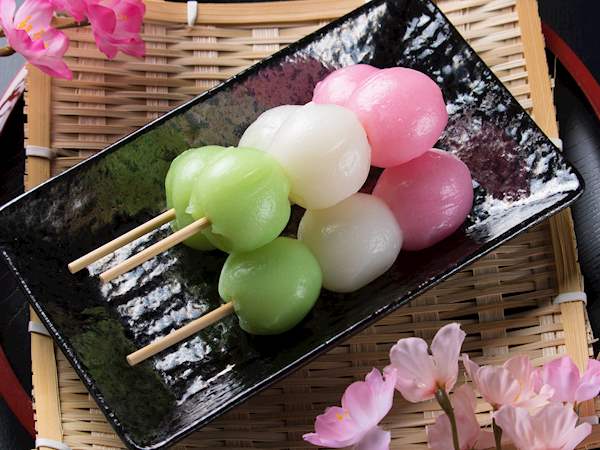 Hanami Dango Traditional Dessert From Japan
Hanami Dango Traditional Dessert From Japan
Mitarashi Dango The Kyoto Project
 Hanami Dango Chewy Matcha Cookies Recipe Recipe Dango Recipe Matcha Cookies Recipe Matcha Cookies
Hanami Dango Chewy Matcha Cookies Recipe Recipe Dango Recipe Matcha Cookies Recipe Matcha Cookies
Hanami Dango Three Color Dumpling Deepjapan
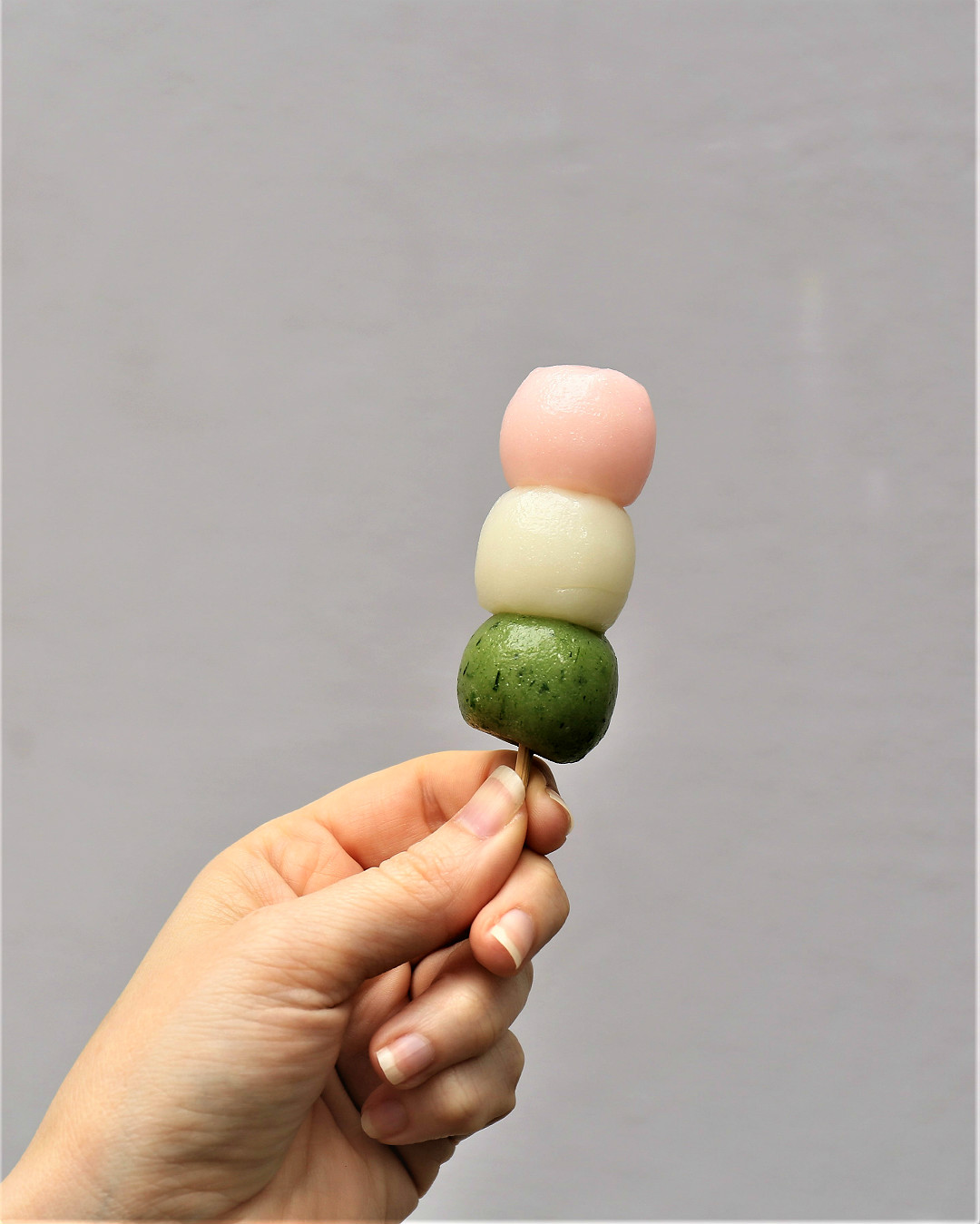 The Taste Of Sakura Must Try Cherry Blossom Sweets In Kanazawa In Kanazawa Kaname Japan
The Taste Of Sakura Must Try Cherry Blossom Sweets In Kanazawa In Kanazawa Kaname Japan
 Try Hanami Dango Recipe For Your Next Holiday Potluck Bokksu
Try Hanami Dango Recipe For Your Next Holiday Potluck Bokksu
 Hanami Dango Japanese Food Traditional Japanese Food Japanese Dessert
Hanami Dango Japanese Food Traditional Japanese Food Japanese Dessert
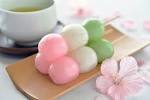 Japanese Dango How To Eat And Make Traditional Japanese Sweets Matcha Japan Travel Web Magazine
Japanese Dango How To Eat And Make Traditional Japanese Sweets Matcha Japan Travel Web Magazine
 Hanami Dango Japanese Patterns Of Design
Hanami Dango Japanese Patterns Of Design


